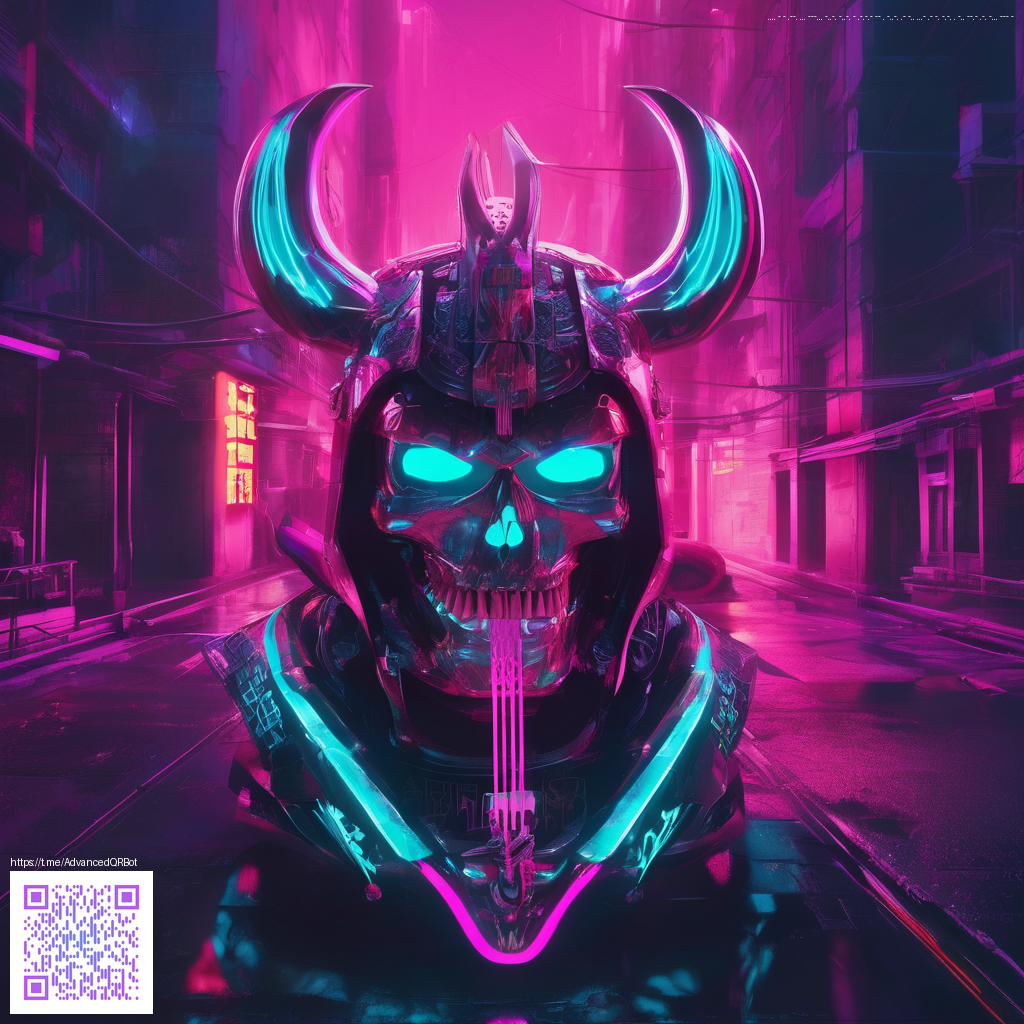
Understanding Minecraft RTX and Ray Tracing Basics
Minecraft RTX brings a new era of visual fidelity to the beloved voxel universe by introducing real-time ray tracing. This technology simulates how light behaves in the real world—casting accurate reflections, shadows, and global illumination—resulting in scenes that feel more tangible and immersive. For players, this means buildings glow with a sense of depth, water reacts to light in convincing ways, and metals shine with believable highlights. If you’re curious about the underlying idea, think of ray tracing as a way to bend light paths to produce images that resemble what your eyes would naturally see in a real environment.
What RTX Brings to the World of Minecraft
RTX doesn’t simply add glitz; it elevates how textures interact with lighting. You’ll notice soft shadows that respond to world geometry, reflections on water and glass, and glow from emissive blocks like sea lanterns. This level of fidelity invites new design possibilities for builders and creators, letting you craft scenes that feel cinematic rather than static. To get the most from RTX, you’ll want to explore lighting layouts, texture packs optimized for ray tracing, and careful placement of light sources that showcase reflections without washing out detail.
“With RTX, your builds become more than blocks—they become stages where light tells the story.”
Performance and Quality: Balancing Fidelity and Frame Rates
Turning on ray tracing is a trade-off between visual quality and performance. Depending on your hardware, you may need to tweak several settings to maintain smooth gameplay while preserving the RTX aesthetic. Start with the basics: enable RTX with a target resolution you’re comfortable with, then adjust the following:
- DLSS or upscaling to keep frame rates high without sacrificing image quality.
- Ray tracing depth and reflection quality to reduce heavy computations in busy scenes.
- Shadows and global illumination intensity to avoid excessive darkening or bloom in bright areas.
- Texture filters and anti-aliasing to maintain crisp edges as lights bend across surfaces.
As you experiment, you’ll discover that certain biomes or architectural layouts look especially striking under RTX. A careful balance of settings often yields the best compromise between atmosphere and performance, letting you enjoy gamma-corrected lighting without stuttering.
Practical Setup Tips for Creators and Builders
For builders and content creators, RTX is a powerful storytelling tool. Plan scenes with deliberate lighting angles, textures, and block placements that showcase how light travels through space. Start with a simple scene—a quiet valley at dusk, a tavern interior, or a glass canopied garden—and iterate as you learn how different materials interact with light. Don’t hesitate to capture screenshots and short clips to compare how adjustments affect atmosphere.
- Use well-placed emissive blocks to create focal points and guide the viewer’s eye through a scene.
- Test lighting from multiple angles to reveal subtle reflections on water or metal in your builds.
- Combine RTX with creative texture packs designed to maximize the material properties of blocks.
On the practical side, if you game or stream on the go, a sturdy phone case can be a helpful companion. For a reliable option, consider the Phone Case with Card Holder—a compact accessory that protects your device without compromising portability. This kind of gear helps you stay productive while you explore new lighting setups or capture RTX-enabled content in your world.
When you’re ready to explore more perspectives, you can reference related insights from other guides, such as a broader walkthrough available here: https://cryptoacolytes.zero-static.xyz/aa9c9468.html.
Similar Content
Further reading: https://cryptoacolytes.zero-static.xyz/aa9c9468.html